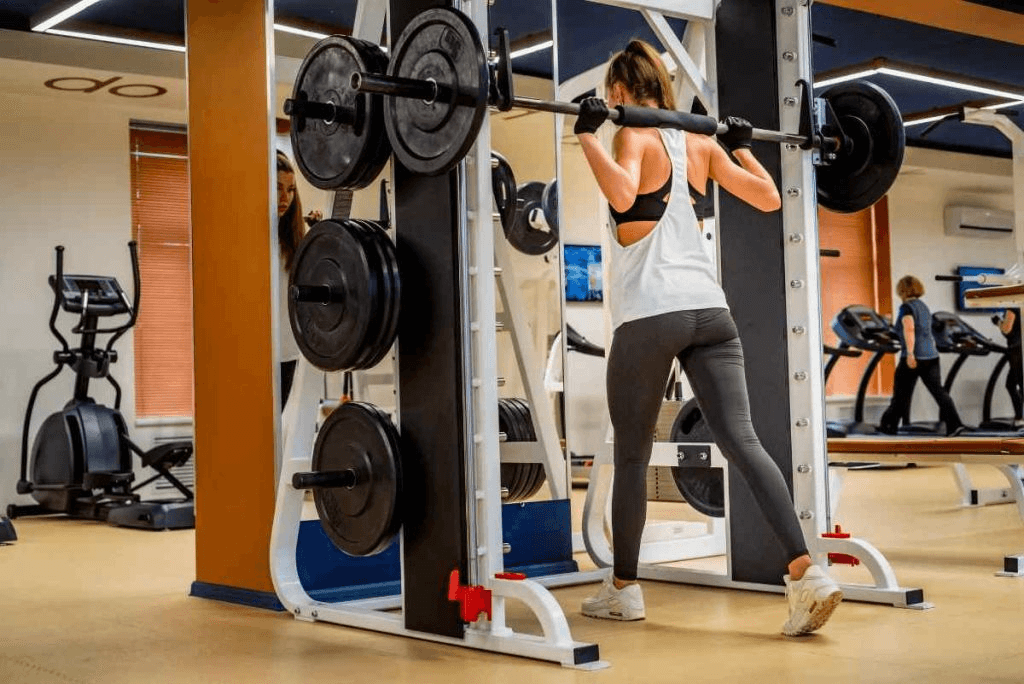Learning how to use a gymnastics bar can feel intimidating at first—but it’s also one of the most rewarding ways to build upper-body strength, coordination, and confidence. Whether you're a child stepping into your first class or an adult exploring fitness through gymnastics, bar routines for beginners offer a fantastic foundation. Here's how to get started the right way.
Understanding the Beginner Gymnastics Bar
A beginner gymnastics bar is typically adjustable in height and designed with stability in mind. Whether it’s a home setup or one used in a gym class, these bars are made for skill development—not advanced flips. That’s exactly what you want as a beginner: a tool that helps you build trust in your grip, control your bodyweight, and develop the coordination needed for future skills.
When choosing your first bar, focus on safety. Look for sturdy bases, non-slip grips, and bars that are easy to adjust as you grow stronger and more confident.
How to Do the Bars: Foundational Skills
Start with the essentials—these basic skills form the backbone of any beginner bar routine:
1. Hang and Swing:
Begin by gripping the bar with both hands, arms shoulder-width apart. Practice hanging with straight arms and a tight core. Add gentle swings forward and back, focusing on keeping your legs together and toes pointed. This helps you develop rhythm and shoulder mobility.
2. Pullovers (Assisted):
The pullover is one of the first transitions you'll learn on the bar. Start with a block or have a spotter assist. Pull your legs up and around the bar, ending in a front support position (hips over the bar, arms straight). At first, this might seem impossible—but over time, it becomes second nature.
3. Casts and Dismounts:
Once you’ve mastered the pullover, work on small “casts”—where you push your hips slightly away from the bar and return to front support. For dismounts, a simple backward swing and soft landing on a mat will do for now. Controlled landings teach proper body awareness.
Structuring a Simple Bar Routine for Beginners
A great starter routine may look like this:
-
Jump to hang → controlled swing x3
-
Pullover to front support
-
2 small casts
-
Dismount safely with a backward swing and soft landing
This routine may only take 20–30 seconds to perform, but it's packed with foundational movement patterns that prepare you for more complex skills down the road.
My First Time on the Bar
I still remember my first time attempting a pullover. My arms felt too weak, my legs didn’t move the way I wanted, and I had zero idea what my core was supposed to do. I was frustrated—but also determined. I broke the skill into parts: first mastering the hang, then the leg lift, then the roll. Within weeks, I had my first unassisted pullover. That small win lit a fire in me and taught me that progress in gymnastics isn’t always fast, but it is always worth it. That lesson carries over to everything else in life.
Tips to Keep in Mind
-
Warm up properly: Focus on shoulders, wrists, and core.
-
Use chalk or grips if your hands sweat—it helps prevent slipping.
-
Consistency is key: Practice 2–3 times a week, and your confidence will build faster than you think.
-
Always use mats and practice under supervision when learning new skills.
Final Thoughts
Gymnastics bars for beginners aren’t just about flips and tricks—they’re about learning how to control your body, stay disciplined, and celebrate small victories. Every hang, swing, and pullover is a step toward strength, balance, and confidence. So if you’ve ever wondered how to do the bars, start small, stay consistent, and enjoy the process. The bar is where progress begins.










































Leave a comment
This site is protected by hCaptcha and the hCaptcha Privacy Policy and Terms of Service apply.